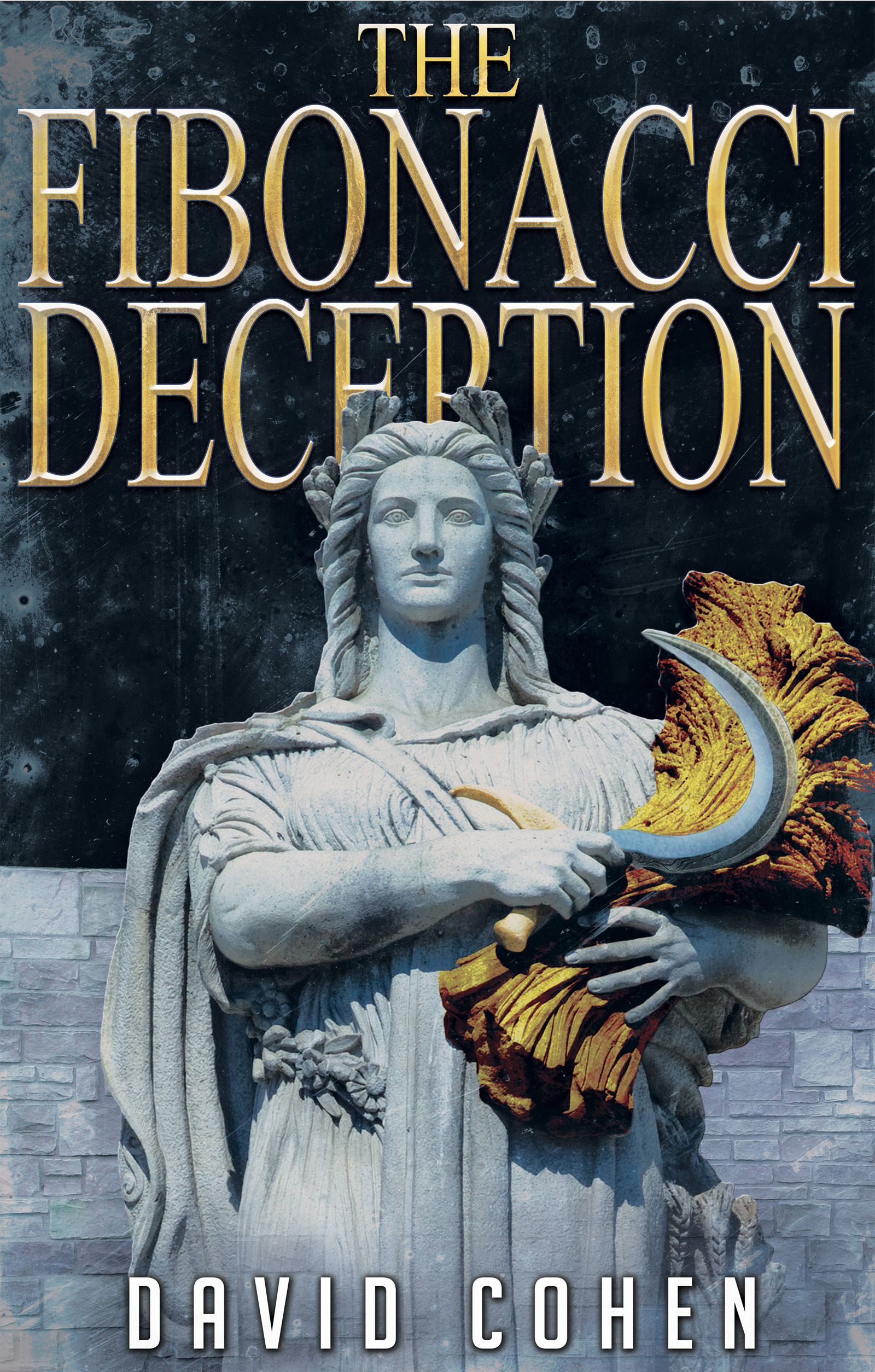
| Home | Author | Fibonacci | CBOT | Contact |
|---|
Who is Fibonacci?
Leandro de Pisano, better known as Fibonacci, was a medieval Italian mathematician who devised a sequence of numbers that mathematicians have been studying for several hundred years. Here it is: 1, 1, 2, 3, 5, 8, 13, 21, 34, 55, 89, 144, 233. . . As you can see, each number is the sum of the preceding two numbers. If you divide any Fibonacci number by the next higher number, the answer is always 0.625. Dividing any number by the preceding number produces--depending on the number--either 1.6 or 1.618. This is the golden mean. In Against the Gods, Peter Bernstein summarizes the surprising appearances of Fibonacci ratios in nature and art:
The golden mean defines the proportion of the Parthenon, the shape of playing cards and credit cards, and the proportions of the General Assembly Building at the United Nations in New York. The horizontal member of most Christian crosses separates the vertical member by just about the same ratio: the length above the cross piece is 61.8 per cent of the length below it. The golden mean also appears through nature--in flower patterns, the leaves of an artichoke, and the leaf stubs of a palm tree. It is also the ratio of the length of the human body above the navel to its length below the navel (in normally proportioned people). The length of each successive bone in our finger, from tip to hand, also bears this ratio.
Fibonacci did more than devise a clever sequence of numbers. Liber Abaci, his masterpiece, was instrumental in moving Europe from the use of Roman numerals--I, II, and III--to the use of the digits 1, 2, 3, and so on that originated in the Arab world. The transformation, according to Bernstin, enabled succeeding generations of mathematicians to perform far more complicated mathematical operations. As Bernstein writes, the innovation "made people aware of a whole new world in which numbers could be substituted for the Greek, Hebrew, and Roman systems that used letters for counting and calculating." In the twentieth century, Fibonacci numbers became a tool for analysts developing chart-reading techniques that were thought to predict stock and commodity prices.
For more information on Fibonacci numbers, see the links below.
Jennifer Gorton in The Fibonacci Sequence describes the use of Elliott Wave techniques in trading securities and commodities.
Dr. Ron Knott, a mathematician in the U.K., presents several pages with pictures and diagrams on Fibonacci Numbers and Nature.
Read essays and reviews by David H. Cohen on his website, The Editorial Note.
Questions about this Website can be directed to David H. Cohen